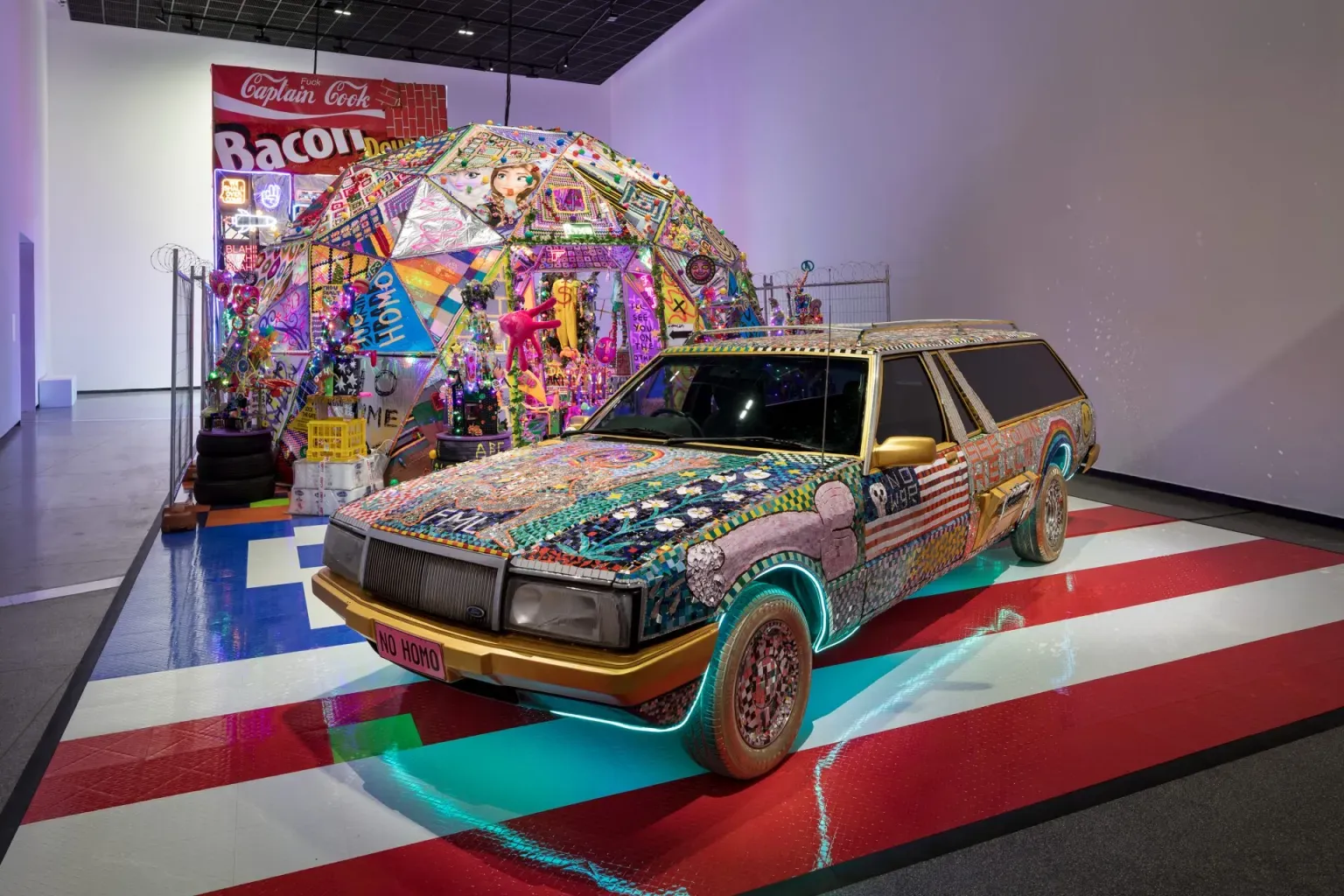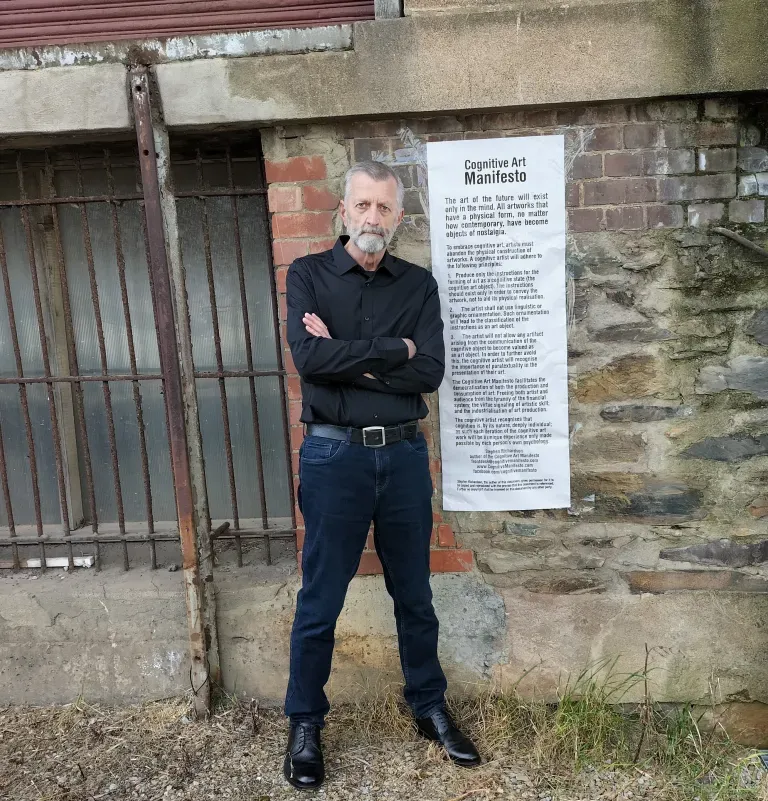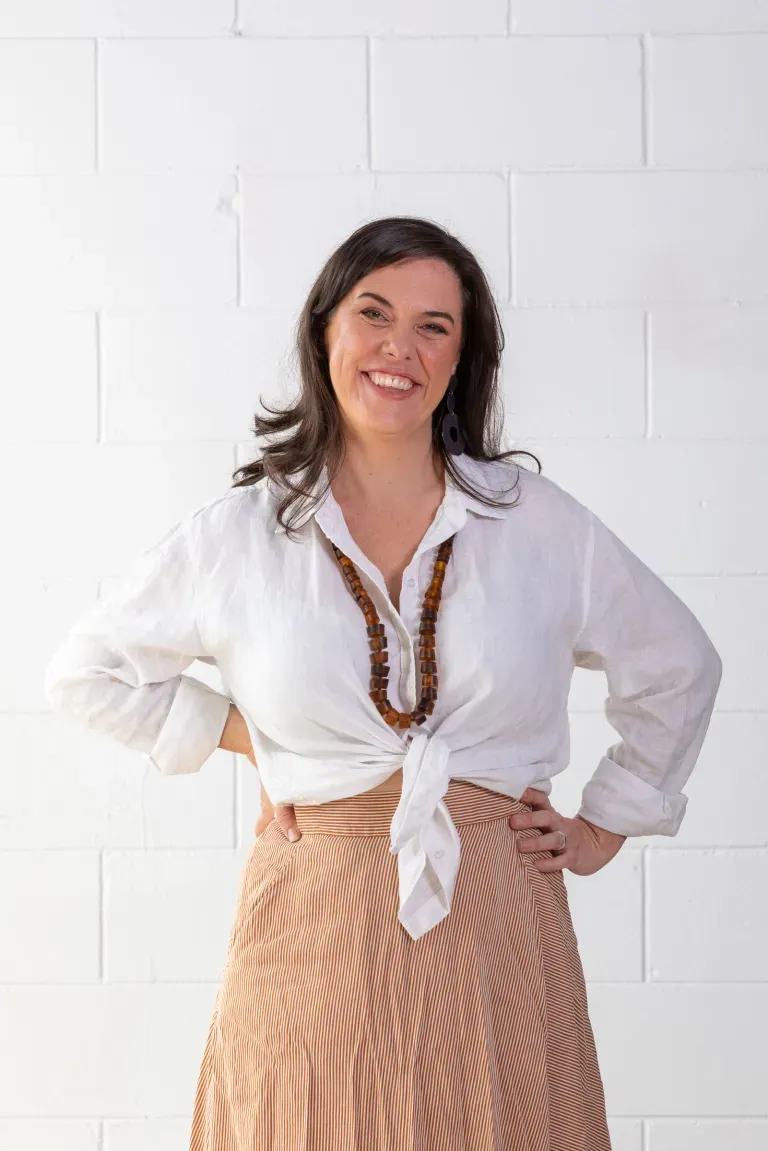Art Of The Manifesto
What do you stand for? A manifesto can act as the succinct expression of the values underpinning your practice or organisation.

Manifesto: the word is immediately redolent of revolutionaries and ideologues, of breaking down the barriers and challenging the status quo.
A strongly worded manifesto can be a striking catalyst for change, a clarion call to action, and a rallying point for troops and allies, employees and supporters. A manifesto can also be something to live by, such as Leo Tolstoy’s brilliant (and still relevant) Rules for Life from 1847 – although you may wish to disregard the one about visiting brothels twice a month.
Throughout social, political and cultural history, manifestos have been used as a declaration of principles and a statement of intent. A manifesto very often defines what you oppose, as much as what you support.
Trying to change the world has often begun (and sometimes ended…) with the drafting of a powerful manifesto.
‘Burn the Museums,’ screamed the Futurist Manifesto back in 1909!
Art history is littered with great manifestos, from Sir Joshua Reynolds’ influential Seven Discourses on Art in the late 1700s to Donald Judd’s Complaints 200 years later. Everybody from the Guerrilla Girls to the Dadaists and the Fluxus artists have stated their case in a manifesto, especially in the anti-art movements of the 1960s and 1970s.
Gilbert and George published The Laws of Sculptors in 1969. Seemingly at odds with their over-arching “art for all” mantra, the Laws say sculptors should ‘make the world believe in you and to pay heavily for this privilege’.
Some 30 years later, the British artists known as The Stuckists published their manifesto in opposition to conceptual art and ‘the cult of the ego artist’. They declared that ‘artists who don’t paint aren’t artists’ and ‘art that has to be in a gallery to be art isn’t art’.
But art manifestos are not just a curiosity of the past.
Something to believe in
The Adelaide Fringe, a well-established arts organisation generating multimillion-dollar ticket sales, and the second-biggest arts festival in the world, has a manifesto. It is ‘required by all staff to embrace the Adelaide Fringe Manifesto’.
Proudly displayed on its website for all to see, the 10-point Fringe Manifesto sets out the organisation’s values and beliefs. It begins with: ‘We believe in challenging artists to be brave and audiences to be braver. Be brave with us’ and ends with ‘We listen and we are committed to continuous improvement’.
"The Adelaide Fringe team holds a yearly planning session in the countryside, stepping away from the office environment to immerse ourselves in inspiring natural surroundings, to set plans and strategies for the organisation," says Fringe Director and CEO Heather Croall.
"During one of these sessions, we collectively created our manifesto, which allowed us to clearly outline the purpose of Adelaide Fringe and the essence of our work. Another year we worked on defining our values. The manifesto serves as a way to establish our objectives and plans."
Croall says the manifesto is something they live by each day. "The manifesto acts as a guiding principle, not only defining what we are, but also what we are not. It serves as a constant reminder and foundation for the daily efforts of our team and the decisions we make in the organisation."

Adelaide artist and ArtsHub contributor Stephen Richardson works at the edge of conceptual art and is challenging the established boundaries of visual art. "An art manifesto functions as a device to bring artists together around a cohesive set of ideas or principles," he says.
Richardson has published a Cognitive Art Manifesto and has already attracted a following of some thousands of artists and supporters from around the world. "This started as part of my PhD in conceptual art and has now taken on a life of its own," says Richardson.
"The more I exhibit my cognitive visual artworks and share the manifesto, the more people are drawn to what I’m doing." He says the manifesto has been a critical tool in defining and explaining the Cognitive Art Movement.
For many individuals and organisations, a manifesto acts as a touchstone for action and decision-making. It’s a beacon and a point of reference, a quick reminder of your beliefs and values, of why you’re there and what you want to achieve.
In some ways, it’s just an artistic rebranding of the old vision and mission statements that dominated corporate life back in the day. Even Apple - surely the ultimate example of modern corporate culture - has an eight-point manifesto that opens with: ‘We believe that we’re on the face of the Earth to make great products.’

Manifestos in the arts are very often vivid and vital declarations of being. Everybody NOW! is dedicated to creating high-quality, community-engaged arts projects from slam poetry for seniors to roller skating rock shows and large-scale social dance works. Based at HOTA - Home of the Arts on the Gold Coast - Everybody NOW! is a collective of performance-makers and producers led by co-artistic directors Kate Baggerson, Ian Pidd and Bec Reid. Their work is celebratory and playful, propelled by passion and curiosity. They have a Manifesto to Move that was developed during the forced hiatus of COVID.
"I love manifestos!" says Baggerson with enthusiasm. "The Manifesto to Move was a conversation starter and a connection point with our treasured collaborators who are spread across the country. I love it because it is both aspirational and practical.
"It was a process, and then a document that sought to identify our shared values, ideas and belief systems, particularly around dance and movement and where those lines of social connections exist in the community."
Baggerson says that the very process of creating the manifesto was valuable, giving them "a collective uplift" and some added momentum to push forward. There was also "a sense of fortitude in our practice and process." They have recently drafted a new manifesto around the way they work. "I just think they are a great tool for a simple and clear way to declare and articulate a shared vision," says Baggerson.
Moving with the times
University of Tasmania academic Dr Toby Juliff developed a course on manifestos that he teaches in the School of Arts, Law and Education. "Critical Practices in Art: Manifestos’ encourages students to analyse art manifestos and then to create their own.
Manifestos are more important than ever as the old categories that artists used to cling to have evaporated or have proven to be so increasingly porous.
Juliff explains "It’s not enough to say 'I am a painter' anymore; we demand 'I am a painter because I believe…'” he explains.
Juliff says manifestos act as expressions of the values that underpin artistic practices. "The world has changed so much that the source and urgency of these values have taken on new positions: climate catastrophe, the trans and post-human conditions, new intersectionalities, new forms of capital.
"These things were not things that troubled generations past, but they trouble us now and will only prove more important to the future."
Importantly, says Juliff, "It’s not enough to say 'this is what I believe and value in the world' anymore. I think my unit asks a deeper question, 'what purpose and use are these values serving in the world today?'”
Juliff acknowledges that many artistic expressions of values and principles may not be identified as manifestos, but are multi-modal approaches to expressing central core values.
He says Paul Yore’s installation Word Made Flesh, which has been seen at the Australian Centre for Contemporary Art (ACCA) in Melbourne and Carriageworks in Sydney, is a good example. It uses the language of protest – banners, marches, social justice – to underpin a highly decorative and vocal material practice. He also cites Léuli Eshrāghi’s work in The National 4. "It proposes a set of positions that I think merit the moniker – if not the title – of manifesto, as an expression of non-binary, pre-colonial (and futurist) histories, and its power of presentation in the public sphere."
All these approaches to the important role and function of a manifesto in the arts are encapsulated by Richardson: "Artists, arts organisations and audiences can come together, literally and figuratively, around the ideas expressed in a manifesto. It serves to unify and identify otherwise disparate artists working toward an artistic ideal and is a signifier for audiences, giving them some insight and understanding into these new ways of working."
This article was originally published by our friends at ArtsHub Australia.
Written by Dr Diana Carroll.